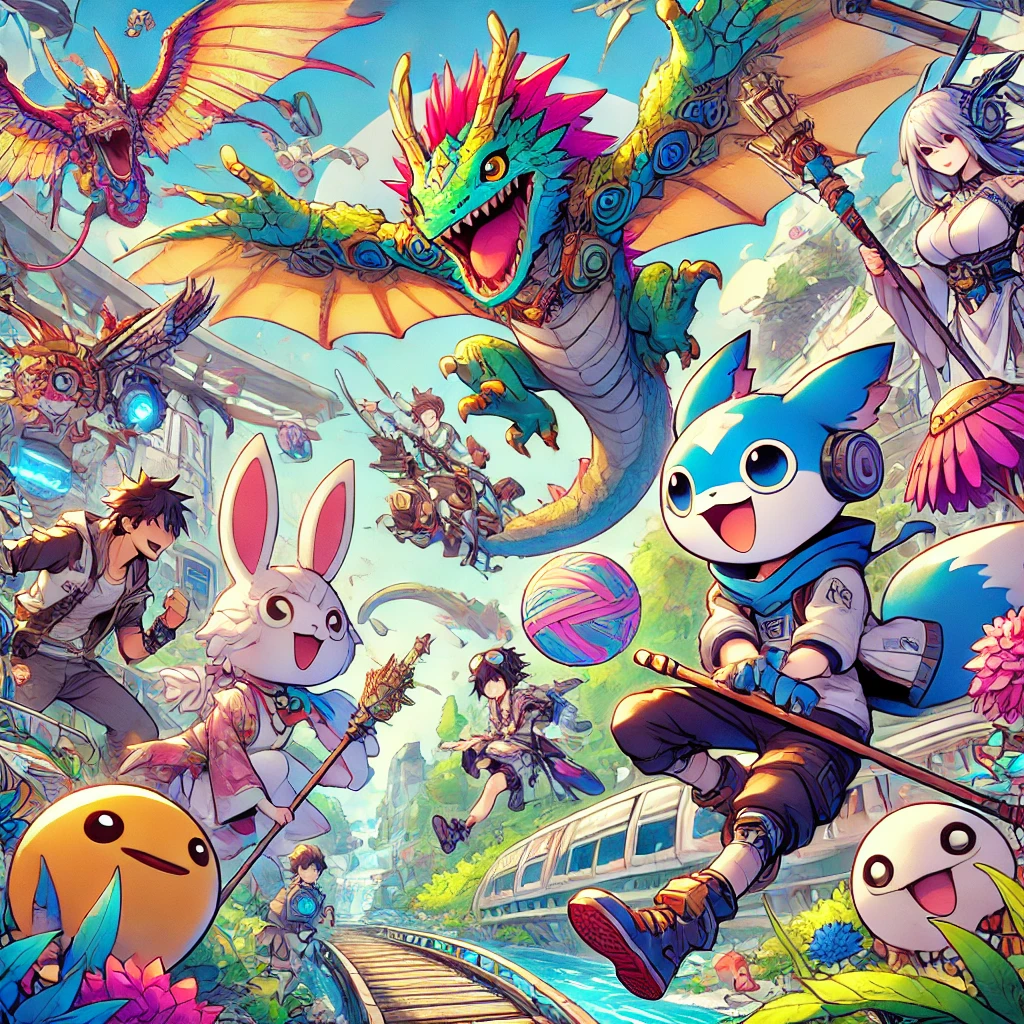
The evolution of Manga, Japan’s unique style of comics, has a rich history that spans centuries. From its origins in ancient art forms to becoming a global phenomenon, manga continues to captivate audiences worldwide.
1️⃣ The Early Days
Manga traces its roots back to the 12th century, with “emaki” scrolls that combined illustrations and text to tell stories. However, the term “manga” as we know it today was popularized by artist Katsushika Hokusai in the early 19th century.
2️⃣ Post-War Boom
The 1940s and 1950s marked a turning point, with manga gaining massive popularity after World War II. Iconic artists like Osamu Tezuka, often called the “God of Manga,” introduced modern storytelling techniques and characters such as Astro Boy.
3️⃣ The Rise of Genres
As manga evolved, it expanded into diverse genres—shonen for young boys, shojo for girls, seinen for adults, and more. Stories ranged from action-packed adventures to heartfelt romances, ensuring there was something for everyone.
4️⃣ Global Impact
By the 1990s, manga had gained international acclaim, influencing art styles and storytelling globally. Titles like Naruto, One Piece, and Sailor Moon became household names, solidifying manga’s place in pop culture.
Manga’s journey reflects Japan’s creativity and cultural impact, showcasing stories that resonate across generations and borders.